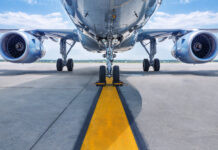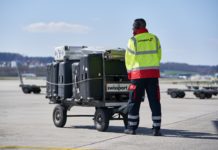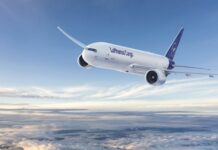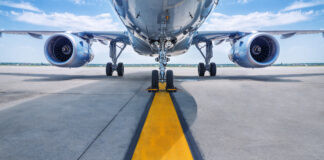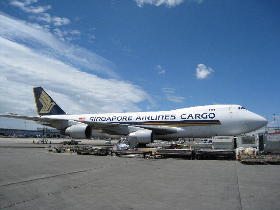

Airlines in Asia Pacific made a loss of $50 million in 2014 compared to a $2.2 billion profit in 2013, despite cargo revenue rising, according to the Association of Asia Pacific Airlines (AAPA).
The loss in 2014, based on 26 carriers, follows the profit decline seen in 2013, which was down from $5.6 billion in 2012. The cargo revenue for the region increased by 2.7 per cent to $20.8 billion over 2013, but 2013 had seen a 4.2 per cent decline due to what were described by AAPA as “persistently soft global trading conditions” at the time. The overall loss comes despite operating revenue increasing by 1.9 per cent to $176.6 billion in 2014.
AAPA director general, Andrew Herdman says: “Asia Pacific carriers faced a number of significant challenges in 2014, with capacity growth slightly outpacing market demand leading to intensely competitive market conditions across all segments of the industry.”
The association says airlines faced overcapacity, high fuel costs and currency volatility, which it says affected profits despite rising cargo volumes. Herdman says: “The strengthening of the US dollar against many Asian currencies had some effects on travel patterns as well as increasing the burden of dollar obligations.”
In 2014, cargo volumes across Asia Pacific increased by 5.3 per cent compared to 2013 to 63.1 billion freight tonne kilometres (FTK) because of increasing exports from manufacturing hubs, following a number of weak years. Available freight tonne kilometres (AFTK) increased by 4.1 per cent to 97.3 billion and the load factor was up by 0.8 percentage points to 64.9 per cent.
Commenting on the outlook for 2015, Herdman says: “The operating environment remains highly competitive, even though airlines have been carefully reviewing their route networks and closely matching capacity with the expected growth in demand.”
He also says though oil prices are lower than this time last year, the benefits airlines will see will depend on fuel hedging policies. AAPA says fuel expenditure fell by 1.1 per cent to $60 billion, while global jet fuel prices dropped by 7.8 per cent to an average of $113 per barrel for the year.
For the first three months of 2015, AAPA says FTKs increased by 8.4 per cent to 16 billion, because of a particularly strong month in February, thanks to the seaport strike on the US West coast. In January, FTKs rose by seven per cent year-on-year (YOY), followed by a 20.5 per cent surge in February and a modest YOY increase in March of 1.7 per cent. From January to March 2015, AFTK rose by 6.1 per cent to 24.6 billion, and the load factor increased by 1.4 percentage points to 65.1 per cent. March was the first month of 2015 to see the load factor fall, dipping by 0.4 percentage points YOY to 68.3 per cent.




